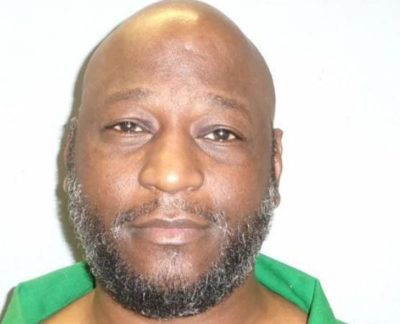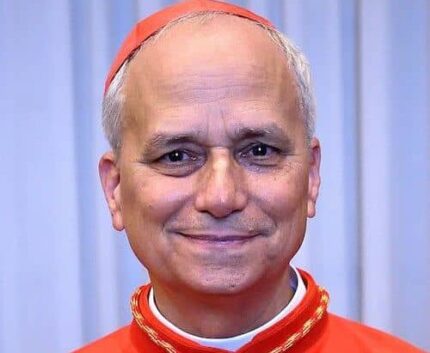South Carolina resumed executions on Friday with the lethal injection of Freddie Owens, a convicted murderer, after an unintended 13-year hiatus. Owens, 46, had been convicted of two killings—first, the 1997 shooting of convenience store clerk Irene Graves during a botched robbery, and later, the murder of fellow inmate Christopher Lee while awaiting trial. The state’s execution halt, caused by difficulties in obtaining lethal injection drugs, ended as Freddie Owens was put to death at a prison in Columbia.
Freddie Owens’ final moments were marked by a simple farewell. Before he was strapped onto the gurney for his execution, Freddie Owens turned to his attorney and uttered a single word: “bye.” He remained conscious for about a minute after the injection began, then closed his eyes, and his breathing became shallow. His face twitched for several minutes before he was declared dead at 6:55 p.m. Freddie Owens’ death marked the first execution in the state since 2011, reducing South Carolina’s death row population to 31, from the 63 condemned inmates held before the hiatus.
Controversy Surrounding Freddie Owens’ Conviction and Execution
The execution proceeded despite a last-minute appeal filed by.Freddie Owens’ legal team, which raised new doubts about his guilt. On Wednesday, just two days before his scheduled execution, Owens’ co-defendant, Steven Golden, submitted a sworn statement claiming that Freddie Owens was not present during the 1997 killing of Irene Graves. Golden admitted he had falsely implicated Owens due to pressure from police and fear of retaliation from the real shooter. “Freddie was not there,” Golden stated, recanting his previous testimony that had been instrumental in Owens’ conviction.
Despite Golden’s confession, the South Carolina Supreme Court ruled that it was insufficient to halt the execution. Prosecutors maintained that other witnesses testified that Freddie Owens had boasted about killing Graves, including close friends and an ex-girlfriend. These testimonies were cited as pivotal in securing Freddie Owens’ conviction and death sentence. His legal team’s appeals, including one to a federal court on the morning of his execution, were consistently denied, allowing the state to move forward with his lethal injection.
Impact of the Execution on South Carolina’s Death Row
Freddie Owens’ execution not only ended a long pause in South Carolina’s use of the death penalty but also highlighted the shrinking population of inmates on death row. The state’s condemned population has significantly decreased over the past 13 years. While there were 63 inmates on death row in early 2011, that number has now fallen to 31, including Freddie Owens. The decline is attributed to various factors, including successful appeals that led to reduced sentences and the natural deaths of several death row inmates.
The dwindling death row population comes at a time when South Carolina has faced increasing challenges in carrying out executions. Drug shortages and legal disputes over the method of execution led to years of delays. In Freddie Owens’ case, the state was able to secure the necessary drugs for lethal injection, marking the first time in over a decade that the execution protocol was completed. However, Freddie Owens’ execution raises questions about the future of the death penalty in South Carolina, as more inmates seek to overturn their sentences through appeals and legal challenges.
Witnesses and Family Reactions
The execution of Freddie Owens was witnessed by both journalists and members of Irene Graves’ family, who had waited over two decades for justice. Owens was only 19 years old at the time of Graves’ murder, which took place during an attempted robbery of the convenience store where she worked. According to testimony from his co-defendant, Steve Golden, Owens shot Graves when she failed to open a safe under the counter. Graves, a 41-year-old single mother of three, was killed in what prosecutors described as a cold and calculated murder.
Although Owens had the option to choose between lethal injection, the electric chair, or a firing squad, he deferred the decision to his lawyer, who selected lethal injection. The execution drew both anger and relief from different quarters, with death penalty opponents continuing to argue that Owens should have been granted clemency. For the family of Irene Graves, however, the execution provided a sense of closure, bringing to an end a 27-year legal journey that had kept the tragedy of her murder in the public eye.














